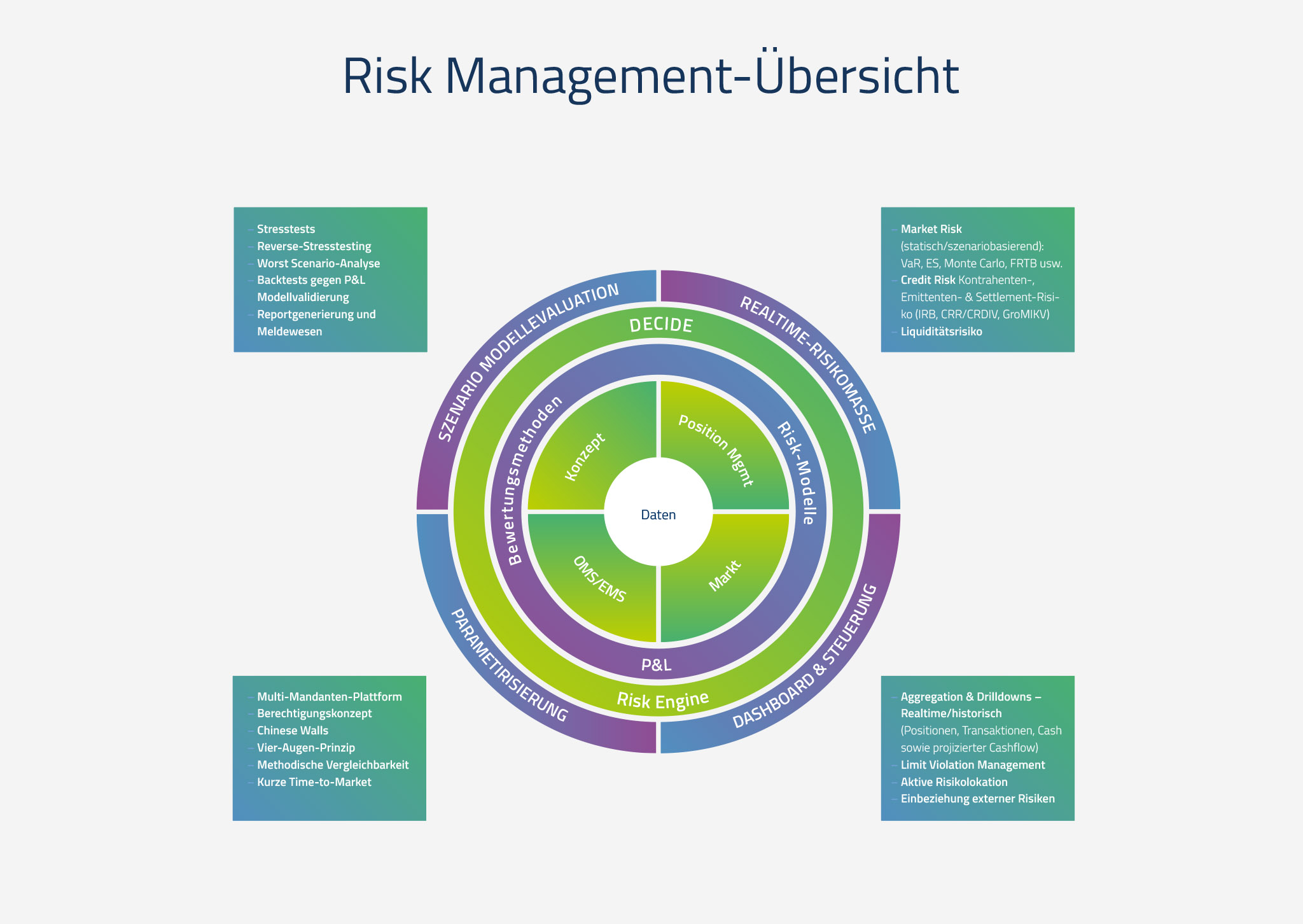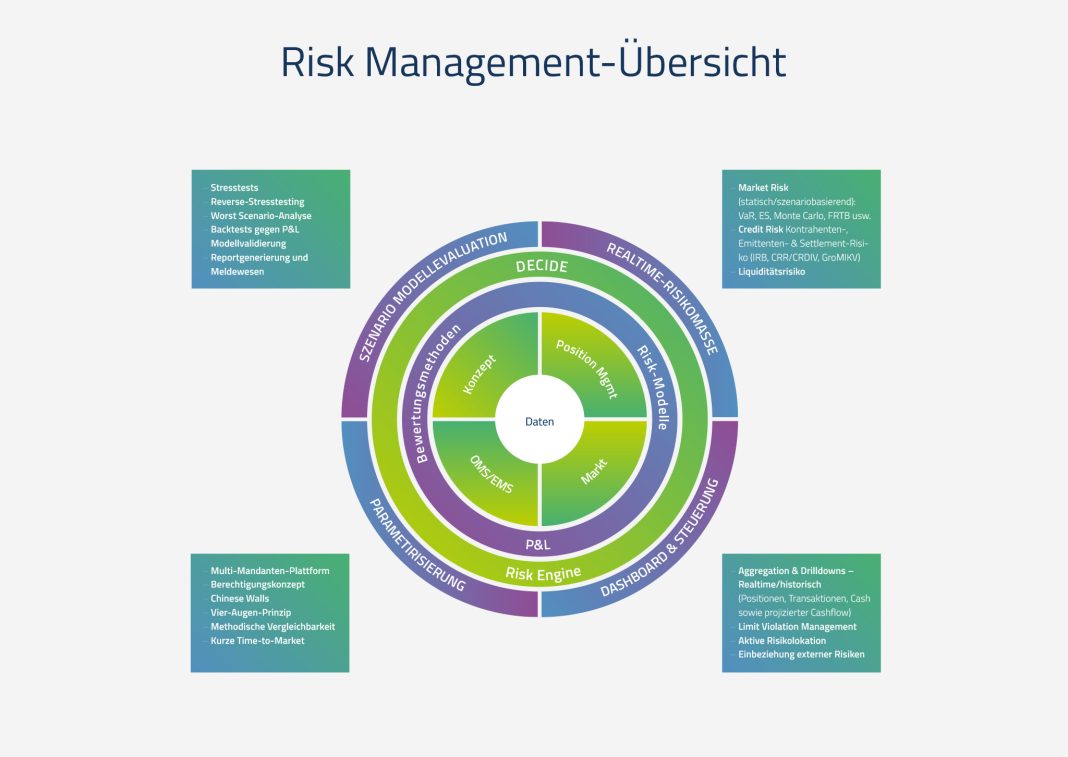 Reviewing Your Portfolio: Making Informed Investment Decisions
Reviewing Your Portfolio: Making Informed Investment Decisions
Introduction:
Twice a year, it is essential to revisit your investment portfolio to ensure it aligns with your financial goals and risk tolerance. While professional investors do so quarterly, individual investors often overlook this crucial step. A study by Dalbar, a research firm, revealed that investors tend to underperform the market due to poor timing of their investment decisions. However, with careful analysis and a systematic approach, investors can navigate the market effectively and make informed choices.
Returns Assessment and Benchmark:
When reviewing your portfolio, the first step is to assess your returns relative to the risk taken. For instance, if your portfolio consists solely of stocks, compare your returns to the S&P 500 Index. It is crucial to measure returns against your personal investment goals as well. Additionally, it is essential to measure risk by using methods such as standard deviation. A high standard deviation indicates higher risk. Understanding risk is vital as it provides context to your returns and prevents inexperienced investors from solely focusing on returns without considering the associated risk.
Goals and Granularity:
Identifying your investment goals is crucial during the portfolio review process. Whether it is saving for retirement or generating income, having clear objectives helps guide your investment decisions. It is also important to examine each holding in your portfolio to determine its contribution to the overall performance. This analysis, known as attribution analysis, can be done based on asset class, sector, or industry. By understanding how each investment aligns with your goals, you can make informed buy and sell decisions.
Review Strategy:
Your investment strategy should be tied to your expected results. During uncertain market conditions, such as the 2007-08 financial crisis, a strategy of protecting assets by stepping aside was rational. As markets stabilize, gradually re-entering the market becomes a viable option. Adapting your strategy according to market conditions is essential for maximizing returns and minimizing risks.
Key Adjustments for Your Portfolio Today:
Considering the current higher interest rates, it is crucial to evaluate the size of your cash position. Investing in equities and core blue-chip bonds can provide stability and potential returns. Incorporating alternatives, such as commodities or real estate, helps diversify your portfolio and manage risk. Ensuring that your portfolio is cost-sensitive and tax-efficient is equally important.
Rebalancing and Diversification:
Regularly rebalancing your portfolio is essential to maintain the desired asset allocation. Over time, the value of your investments may shift, causing an imbalance. By rebalancing, you ensure that your portfolio remains aligned with your risk tolerance and investment goals. Diversification is another key aspect of managing risk. Spreading your investments across different asset classes helps reduce the impact of poor performance in any single investment.
Inflation Protection and Time Horizon:
With concerns about inflation, it is prudent to seek assets that provide a hedge against inflation. Investing in commodities, real estate, or inflation-protected securities can help safeguard your portfolio against the erosion of purchasing power. Additionally, it is crucial to review your financial goals and time horizon regularly. As your goals and time frame change, your portfolio allocation should reflect these changes. For example, as retirement approaches, shifting towards more conservative investments may be appropriate.
Conclusion:
Staying informed about market trends and economic indicators is vital to making informed investment decisions. It is not necessary to wait until your scheduled portfolio review to take action. Remember Kenny Rogers’ words in “The Gambler” – know when to hold, when to fold, when to walk away, and when to run. By conducting regular portfolio reviews and making necessary adjustments, individuals can enhance their investment outcomes and achieve their financial goals.


